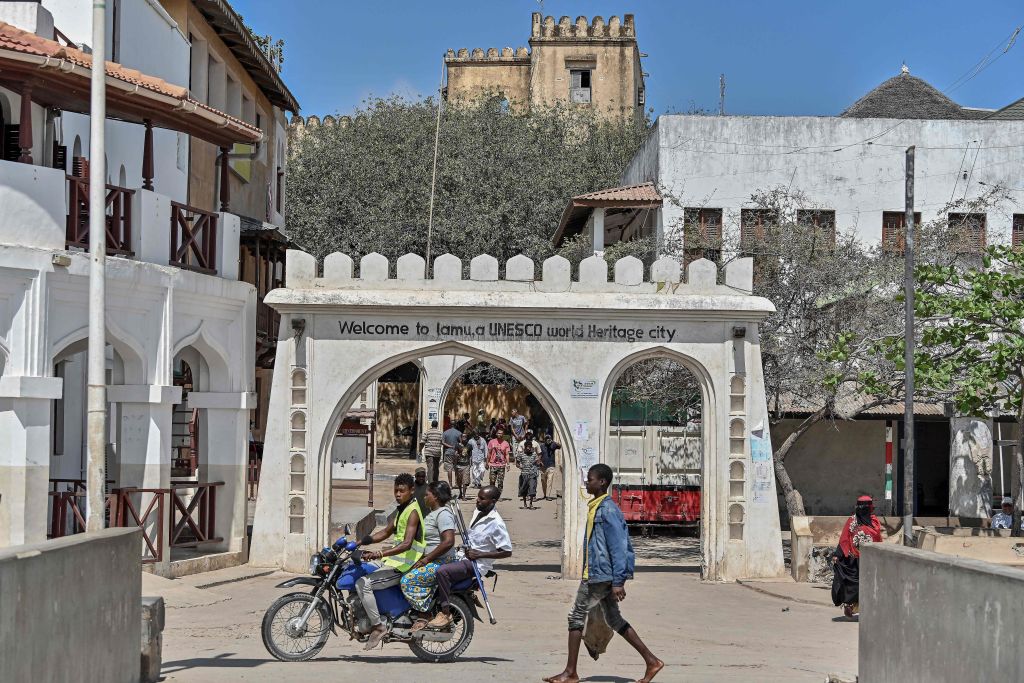ADF STAFF
An unspecified number of Kenya Defence Forces (KDF) Soldiers were killed and injured during a suspected al-Shabaab attack in Lamu County’s Boni Forest on September 10.
The Soldiers were patrolling along Milimani-Baure Road when their vehicle ran over an improvised explosive device (IED), Kenya Ministry of Defence Spokesman Brig. Zipporah Kioko said in a report by Kenyan newspaper The Daily Nation. Hours before the attack, a contractor suffered head and spine injuries when his vehicle ran over an IED al-Shabaab was suspected of planting nearby.
IEDs, such as roadside bombs, have become al-Shabaab’s preferred weapon. They killed 20 KDF Soldiers and civilians between June 13 and 25 alone, according to the Armed Conflict Location and Event Data Project (ACLED).
The Kenyan government has conducted antiterrorism operations in the Boni Forest since 2015. The aim is to stabilize Lamu County, parts of Garissa County to the north, the Tana River, which runs through Garissa, and Kilifi County to the southwest. All of these areas are near the border with Somalia.
Top KDF officers visited troops in Boni Forest on September 14 to assess their preparedness, welfare and morale. KDF Brig. David Chesire lauded the troops’ commitment to ridding the country of al-Shabaab.
“I urge you to continue the same spirit and dedication throughout your tour of duty,” Chesire said in a report by Kenyan newspaper The Star. “The operation has achieved remarkable success, and I cannot thank you enough for that.”
Chesire implored the troops to continue embracing the multiagency approach the country has taken to tackle terrorism.
Despite the mid-September attacks, Kenyan forces, including the National Police Service, Kenya Wildlife Services and Kenya Forest Service, have made gains against al-Shabaab.
On September 12, the KDF destroyed a suspected al-Shabaab IED base in Garissa County and killed at least four al-Shabaab fighters in a dusk raid, according to Somali news website Garowe Online. Garissa County borders Lamu County and Somalia.
In July, Kenyan Special Forces killed at least 23 al-Shabaab fighters in northeastern Mandera County, also on the Somalia border.
“We are going to upscale our partnership between the security agencies and the local communities to ensure that we flush out this enemy, the way our neighbors in Somalia have collaborated between the security agencies and the local communities,” Kenya’s Interior Cabinet Minister Kithure Kindiki told VOA.
In Somalia, clan militias locally known as “Ma’awisley,” have helped security forces reclaim significant swaths of territory from al-Shabaab. These gains have forced al-Shabaab into Kenya, where it has created new terror hot spots inareas bordering Somalia.
Al-Shabaab-linked violence in Kenya has soared since mid-April.
According to ACLED, more than 90 “political violence” events were recorded in the Kenya-Somalia border region between June and early August, including a “marked surge” in attacks targeting civilians and security forces in Lamu County.
Increasing attacks in Lamu County worry residents such as Ali Abdallah.
“It’s very confusing that every corner of this county is having security patrols, operations and restrictions, yet attacks are conducted routinely,” Abdallah told The Daily Nation. “The frequency and audacity with which these attacks are occurring lately is raising eyebrows.”
The Lamu County attacks also prompted a multiagency security meeting attended by Lamu officials, police and military officials.
“We’ve discussed in length the increased security incidents contributed by al-Shabaab in this place,” a security insider who attended the meeting told The Daily Nation. “We’re confident this al-Shabaab thing will end in our country. We’re coming up with new tactics since the enemy’s mode of operation seems to evolve with each passing day.”

